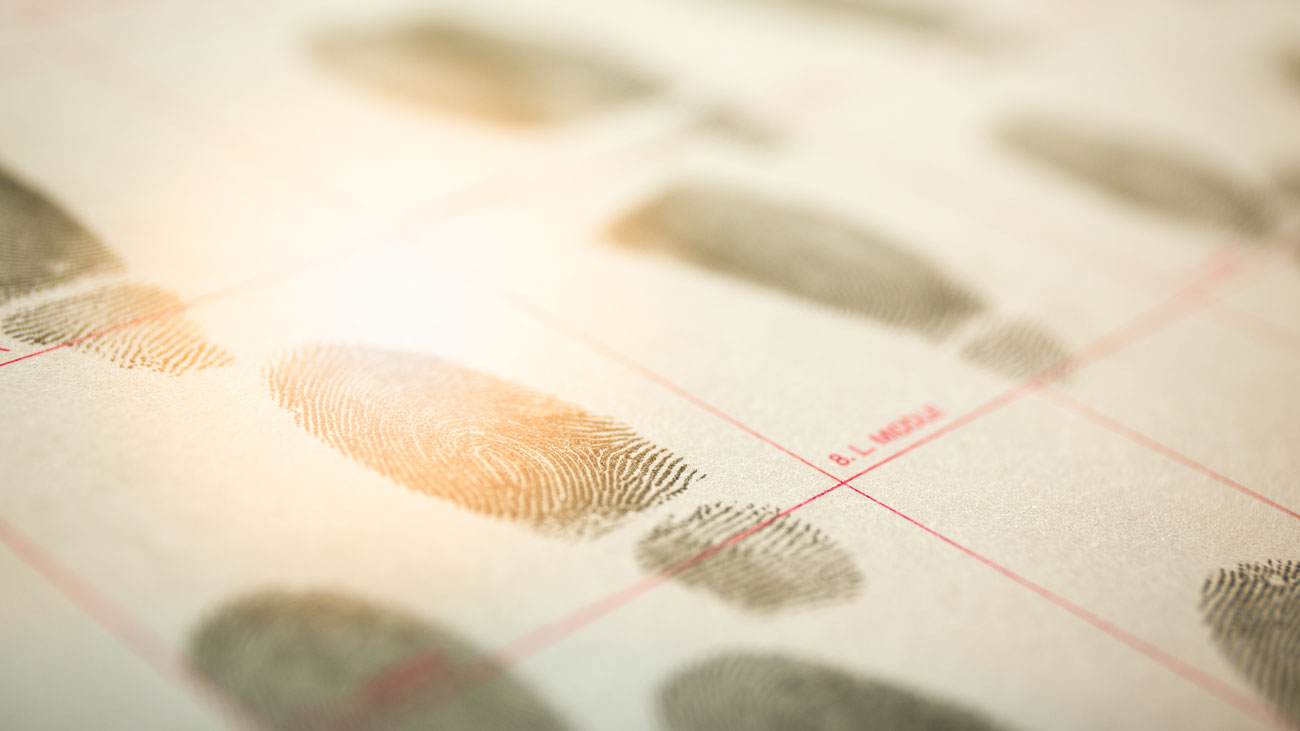
Briefing: Changes coming to Right to Work checks – what you need to know
The way employers carried out Right to Work checks was amended during the pandemic to reflect the practicalities of that very difficult time. Now things are starting to return to normal, the return of physical document checks approaches – but not just yet. In this briefing, rradar’s HR and employment law specialist, Kiri Thompson, looks at the issues.
Back in 2019, before the disruption to business practices caused by the pandemic, an employer who wanted to recruit someone would have to carry out a physical document check to verify their right to work in the UK. Failure to do so could lead to significant consequences.
In recognition of the virtual impossibility of doing so during the COVID-19 pandemic, the government allowed employers to carry out virtual checks via video calls and those who needed to produce their documents could do so using email or a special mobile app. If prospective or existing employees were unable to supply any of the accepted documents, employers were advised to use the Home Office Employer Checking Service.
With the return of something approaching normality, it had been proposed to end these arrangements this month but it has now been announced by the Home Office that they will be retained until 30 September 2022. Physical document checks will therefore resume on 1 October 2022.
Employers should bear in mind that, regardless of the changes in the way that right to work checks are carried out, those checks are still necessary and it is still an offence to knowingly employ anyone who doesn’t have the right to work in the UK.
What employers currently have to do
When checking an individual’s right to work using the adjusted COVID-19 check measures, employers must currently:
- Ask the worker to submit a scanned copy or a photo of their original documents via email or using a mobile app.
- Arrange a video call with the worker by asking them to hold up the original documents to the camera and checking them against the digital copy of the documents.
- Record the date the check was made and mark it as “adjusted check undertaken due to COVID-19”.
Biometric residence permits or cards
If the individual has a current biometric residence permit or biometric residence card or has been granted status under the EU Settlement Scheme or the points-based immigration system, the employer can use the online Right to Work checking service while doing a video call, but the applicant or employee must give the employer permission to view their details. However, an employer can’t insist that individuals use this service or treat those who don’t use it in a discriminatory manner.
As of 6 April 2022, all biometric card holders must provide evidence of their right to work using the Home Office online service only. An employer will no longer be able to accept physical cards for the purposes of a right to work check, even if the card shows an expiry date that is later than 6 April.
Retrospective checks
After 30 September 2022, employers do not have to go back and recheck all employees who have already had an adjusted check between 30 March 2020 and 30 September 2022. It will be a defence against a civil penalty if the check carried out between those two dates was done in accordance with the published guidance on adjusted measures.
Positive verification notices
If the job applicant or existing worker cannot show their documents, then the employer must contact the Home Office Employer Checking Service. If this shows that the person has a right to work, then the service will send the employer a positive verification notice. This provides the employer with what is known as a statutory excuse for six months from the date in the notice.
Monitoring for changes
Although the date for the end of COVID-19 adjusted checks is now 30 September, things may well change in the coming months.





